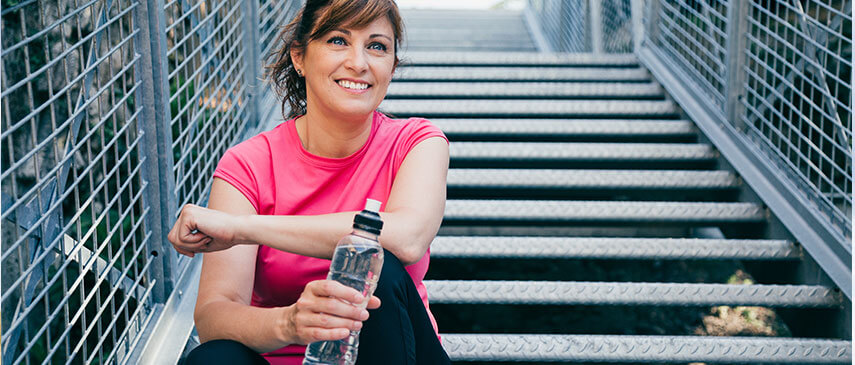Both the hips and knees are areas in the body where several muscles, tendons, and joints are joined together to help you achieve complex movement. If there is damage and subsequent pain in these areas, it can be difficult to perform daily activities. There are several specific ways that physical therapy can help relieve hip and knee pain. Call Panther Physical Therapy to find out how a trained physical therapist can help you relieve the pain in your hips and knees!
Common Hip and Knee Conditions
There are several specific conditions that often affect the knees and hips. These conditions can occur due to repetitive motion, traumatic injury, or chronic disease.
- Arthritis – Arthritis is a condition that involves inflammation of tissues that surround the joints. This condition can cause knee and hip pain. A physical therapist can teach you correct posture and proper movement techniques to protect your joints.
- Strains & Sprains – Strains happen when a muscle or tendon is stretched excessively or torn. A sprain is a stretched or torn ligament. Ligaments may even rupture, causing bruising, pain and limited mobility. A physical therapist can help you recover more quickly while showing you exercise techniques to reduce pain.
- Meniscus Tears – This is one of the most common knee injuries people experience. A torn meniscus can cause stiffness, swelling, and varying degrees of pain. This condition could be the result of a sudden injury or repetitive motions. You’re at higher risk if you’re engaging in aggressive pivoting and twisting of your legs. A physical therapist can provide non-surgical treatment for a torn meniscus.
- Bursitis – Bursitis occurs when a small sac of fluid known as the bursa becomes inflamed. This is often caused by overuse or repetitive injuries. Bursitis can occur in a variety of locations in the body including the knees and hips. Physical therapy can aid in recovery and the reduction of pain.
How Physical Therapy Can Help
No matter what condition you have, a physical therapy program can help relieve your pain. Your physical therapist will evaluate your condition and create an individualized program to meet your specific needs. Range of motion and strength measurements may be taken during the physical therapy evaluation. The following are several treatment methods a physical therapist may use to help limit or relieve both knee and hip pain.
- Manual Physical Therapy – A physical therapist might use several hands-on techniques to reduce pain in your hips and knees. This could include stretching exercises or a variety of massage techniques.
- Heat & Ice Physical Therapy – Heat is often used during physical therapy to help increase mobility and lessen pain. A physical therapist may also use ice to reduce swelling and inflammation.
- Ultrasound Therapy – A physical therapist may use ultrasound to provide deep heating in the tissues. A trained physical therapist can also more easily identify problem areas by using ultrasound.
- Laser Therapy – Laser therapy is increasingly being used in physical therapy for pain management. It can help increase circulation, improve the growth and reproduction of cells, and can reduce swelling.
- Home Exercises – A physical therapist can teach you exercises to do at home to alleviate hip and knee pain. Physical therapy techniques can be incorporated into a home exercise program that can become part of your daily routine.
Physical therapy treatment may be able to help you remain pain-free and as active as possible. A physical therapist can create a customized program to treat your particular condition.
Contact our Harmony, Allison Park or Wexford, PA offices to schedule an evaluation with an experienced physical therapist. Find out today how physical therapy can reduce or even eliminate your knee or hip pain!

